Hi, all:
I have a customer who wants a a milgrain design on a bezel setting
like the one in the picture on the following link:
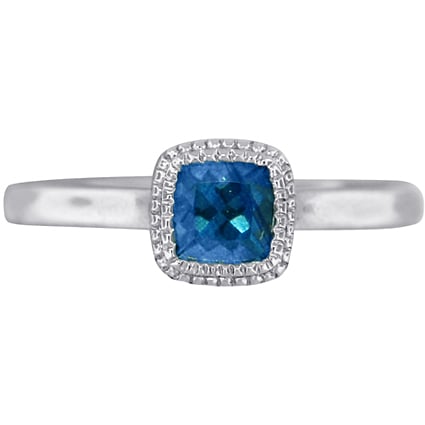
I have used female milgrain wheels, which impart a very different
pattern.
Would a large male milgrain wheel approximate the design? Or, do
people think this milgrain design has been cast via CAD?
I appreciate any thoughts.
Best,
Jun
Hi there,
This setting could be cast, but the pattern could be done much
cleaner and crisper by using a beading tool in a good holder. I would
first take the beading tool that best fits the space given and polish
the tip by putting it in a flex shaft and using Brasso metal cleaner.
Use a piece of hardwood and rub some polish on it, then push the
rotating tool in and out of the wood.
You won’t believe the polish this imparts on the inside of the
beading tool.
Then practice by pushing the tool into copper to get the feel for
the depth and spacing.
Mark
Jun- We have both female and male millgrain tools. It leaves a much
smoother, more even, and finer finish with smaller beads. The photo
looks like the outside pattern was carved and cast. It’s a bit rough
and uneven for a millgrain tool and the shank is crooked.
I’m sure you can duplicate the ring doing a much nicer job than the
original.
Have fun and make lots of jewelry.
Jo Haemer
timothywgreen.com
That is a carved design. it is not milgrain. CAD could be used to
get that look. It could also be hand carved in wax or engraved in the
metal, depending on your skill set and tools you have.
Thomas Cavagnaro
CAVA Studio
I have a customer who wants a a milgrain design on a bezel setting
like the one in the picture on the following link:
That isn’t millgrain, it’s just beading. I’d use a triangular
file …
Jun, that particular detail wasn’t millgrained. It was likely in the
model prior to casting, but could have been either cut into the
model by hand or produced via CAD/CAM. You could also cut it into
the metal by hand after casting but that would take a bit longer and
you’d have to use gravers to cut the pattern rather than a millgrain
tool.
Personally, I would carve that in wax and cut the pattern into the
wax with gravers, though CAD would do it nicely. Then go over it
after casting, again with hand gravers to clean it up. It looks like
they secured the stone by tapping or pushing a tool into the valleys
of the detail around the stone. That raised a bit of metal in each
spot to secure the stone. I typically wouldn’t do it that way, but
there it is.
Hope that helps,
Mark
Thank you to everyone who responded with their very helpful insight
and suggestions. It’s very interesting that the consensus is that
this design is not actually millgrain. I find it somewhat misleading
that a very popular engagement ring website (brilliantearth.com) is
advertising it as such.
I will try out the different suggestions and pursue the design. If I
succeed, I will post a photo. Thanks again for the responses. I
learn so much everyday from Orchid.
The ring shown at the top of the link you just sent is millgrained.
The ring in the original post was not.
Jo Haemer
timothywgreen.com
Been waiting to send you my very own “Milgraine Tool” in it’s
favourite handle. It isn’t old, but it’s been in constant use for
over a 1/2 century…:>) I prefer to use a “STIG” #6, or maybe a #7
tool.
I also prefer to having my specific tools, in the same handles, for
quicker tool identification.
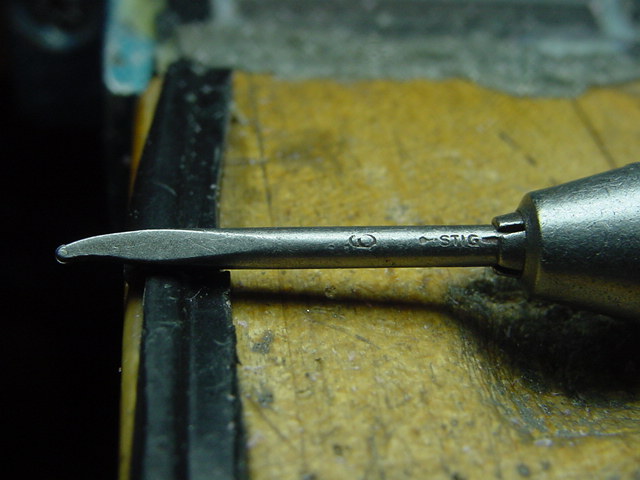
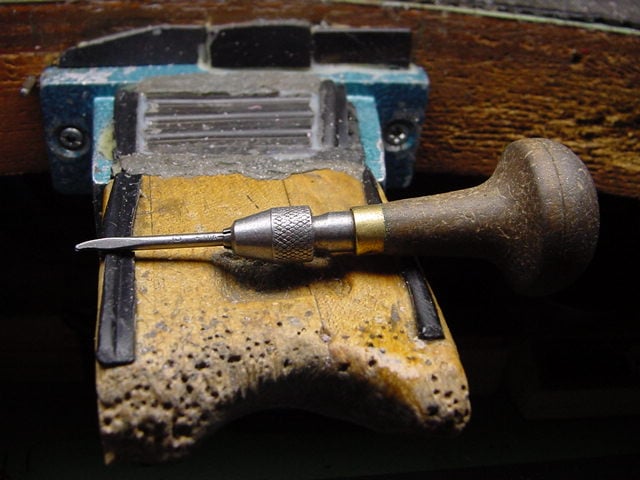
Always learn something from your entries. (Often over my head, but I
learn) Looking at the milgraine tool shot, what are the 'rails" on
the bench pin? did it come that way, what are the rails for?
Noralie
Reply to my post on a Milgraine Tool
Noralie Katsu asked why did I put some ‘rails’ on the top of my
bench-peg? Very easy answer:>)
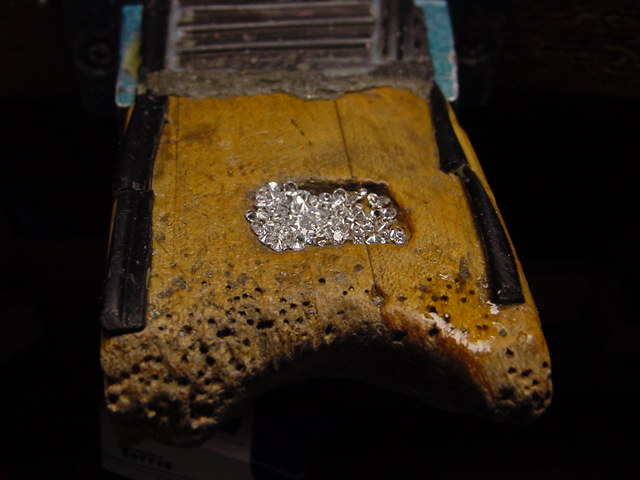
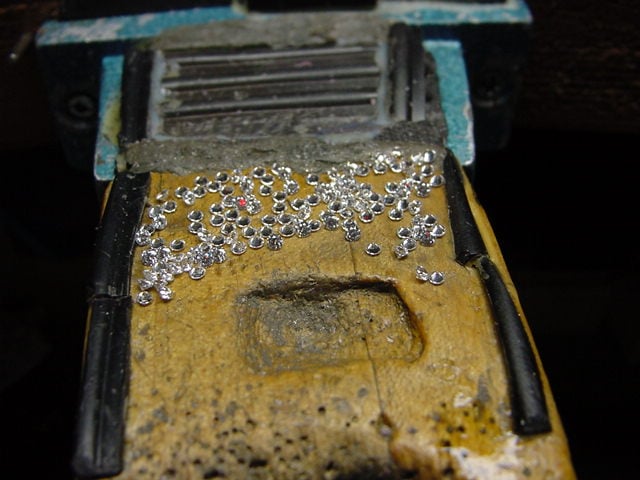
"As you saw, I put some ‘rails’ on both sides of the bench pin. the
photo’s will now answer for themselves. These were glued permanently
so no selected gem-stones would fall off while I am in the process
of setting.
"Many of us at the bench might buy some tools or bench-pegs. Through
a series of improving and modernizing these basic-tools, always find
a reason to adjust those items. I am one of those folks who always
think ‘outside of the box’.Through necessity, I once thought “forget
how it looks, but the da*m thing works for me”.So Noralie saw this
bench-peg and requested I send her an answer. So why not let the
Orchid readers in on my answer at the same time, right’those ‘rails’
are used solely for one single purpose. That is to prevent stones
from falling off the sides of the bench-peg, in the process of
setting, plain and simple!When I’m setting diamonds of eye-squinting
size, am I to keep looking for them in the bench? “Necessity, is the
Mother of Invention”.
Gerry! @ gemsettingtutor.com
Thank you so much for your answer. I’m still learning and mostly
work with stones such as azurite, charoite, and landscape jaspers,
but much appreciate seeing what “real” jewelers do.
Noralie




